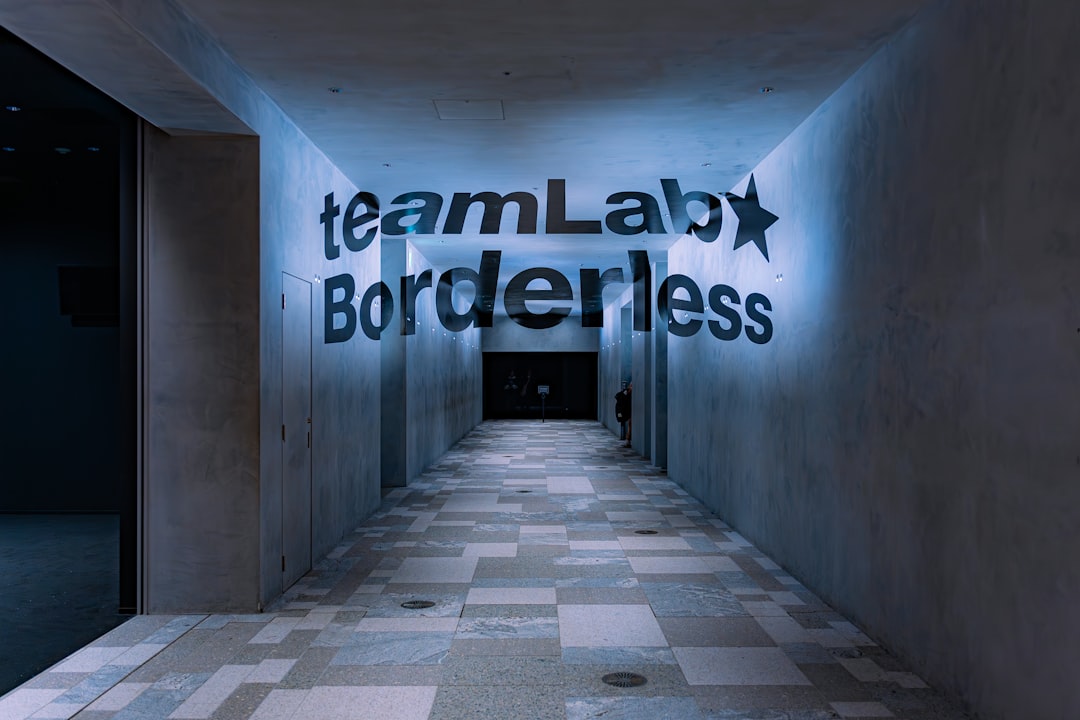Whether you’re running a restaurant, a retail store, or a professional service, incorporating your logo on key customer-facing materials like invoices, menus, and receipts is an essential step in maintaining consistent branding. A well-placed, high-resolution logo communicates professionalism, builds trust, and enhances brand recognition over time. But using your logo effectively—and appropriately—on these documents requires attention to design, context, and practicality.
TLDR: Including your logo on invoices, menus, and receipts strengthens your brand image and creates a cohesive customer experience. It’s important to place your logo where it enhances visibility without overwhelming the content. Ensure it’s high resolution, readable, and consistent with your other materials. Keep sizing, color, and placement uniform across different documents to maintain strong brand recognition.
Why Use a Logo on Business Documents?
Using your logo across documents like invoices, menus, and receipts ensures your brand is always visible in customer interactions. It makes your business look reputable and helps embed your identity in the client’s memory. Consider the following key benefits:
- Brand Consistency: Reinforces recognition at every customer touchpoint.
- Trust & Professionalism: Shows that you take your brand seriously.
- Marketing Value: Acts as passive promotion each time a customer sees the document.
Using a Logo on Invoices
Invoices are often the last formal point of contact between you and your clients. Including your logo on an invoice can signal attention to detail and reinforce your professionalism.
Here are some best practices for logo placement on invoices:
- Top Left or Top Center: These are standard areas where the eyes naturally go first. Your logo should be immediately visible without needing to scroll or search.
- Use a high-resolution logo: Your image must be clear and devoid of pixelation. Blurry logos detract from professionalism.
- Don’t clutter: Avoid placing the logo too close to important content, like payment details or invoice number.
- Color vs. Black & White: If you’re sending digital invoices, color works well. For printed versions, make sure the logo still looks professional in grayscale.

Tip: Combine your logo with your business contact information in a letterhead-style banner to unify key business data visually.
Using a Logo on Menus
Whether digital or printed, your menus offer a major brand touchpoint, especially in the food and beverage industry. A strong, consistent logo presence quickly helps diners associate positive experiences with your brand.
Menu logo usage considerations:
- Front and Center: The front page or fold of a menu is prime real estate for your logo.
- Consistency in Font and Color: Ensure that menu typography and color schemes complement your logo.
- Watermark Option: In some designs, a semi-transparent logo used as a full-page background can add a subtle, elegant branding effect.
- Mobile-Friendly: For online or QR code menus, make sure your logo scales well on various devices and screen sizes.

Tip: On seasonal or limited-time menus, maintain the same logo placement and size to ensure a cohesive visual identity throughout the year.
Using a Logo on Receipts
Receipts may seem like an afterthought, but they’re one of the most commonly handled printouts in retail and service industries. Including your logo on them ensures that even after the sale, your customer remembers who you are.
Here’s how to get the most value from your logo on receipts:
- Top of the Receipt: Place your logo in the uppermost portion, ideally in the center or aligned with your business name and contact details.
- Keep it Simple: Due to size constraints, use a simplified or monochrome version of your logo if needed.
- Mind Printer Limitations: Thermal printers may not render detailed logos well. Use high-contrast images and avoid fine lines.
- Match Tone and Proportion: The logo should not dominate the receipt but still be large enough to be recognized at a glance.
Tip: Even digital receipts benefit from logos. These are often emailed and may be viewed multiple times, reinforcing your brand long after the purchase.
General Logo Usage Guidelines
Regardless of where you’re placing your logo, it’s critical to maintain certain universal branding principles:
- Consistency: Don’t switch between different logo variations unless absolutely necessary. A consistent logo strengthens recognition.
- Resolution: Use scalable vector formats (like SVG or EPS) where possible for high-quality output on both large menus and small receipts.
- Clear Space: Always leave enough space around the logo so it doesn’t look cramped. Respect your brand’s style guide.
- Appropriate Sizing: Your logo should be visible but not overwhelming. Adapt size based on the medium—receipts should have smaller logos than menus, for instance.
Digital vs. Print Application Advice
The rules change slightly depending on the medium:
1. Digital Documents
- Vector Format Logos: These scale without losing quality, ensuring clarity across different screen sizes.
- Transparent Background: Avoid jarring edges by using PNG or SVG files with transparent backgrounds.
- Clickable Logos: On invoicing platforms or online menus, link your logo to your website or homepage.
2. Printed Documents
- Use CMYK Color Mode: Ensures color accuracy in print vs. screen.
- Monochrome Option: For very small prints like receipts, prepare a black-only version of your logo.
- Avoid Overprinting Important Details: Make sure no design element interferes with text legibility.
Common Mistakes to Avoid
Even the most well-designed logo can lose impact if misused. Avoid these pitfalls:
- Low-resolution logos: Blurry images lessen professional appearance.
- Oversized logos: They can crowd essential content, especially on invoices and receipts.
- Inconsistent logo placement: Customers benefit from familiar layouts.
- Ignoring layout balance: Don’t let the logo visually outweigh the document’s purpose.
Final Thoughts
Your logo is a visual handshake—it communicates who you are before any words are read. Applying it consistently and professionally across invoices, menus, and receipts reinforces your identity and builds customer loyalty. Take time to prepare your logo in appropriate formats and sizes, align it with your broader brand strategy, and always ensure it fits the tone and function of the document it appears on.
Think of each invoice, menu, and receipt not just as a transaction record, but as a brand delivery tool. With careful placement, utility, and presentation, your logo turns everyday paperwork into lasting marketing impressions.

